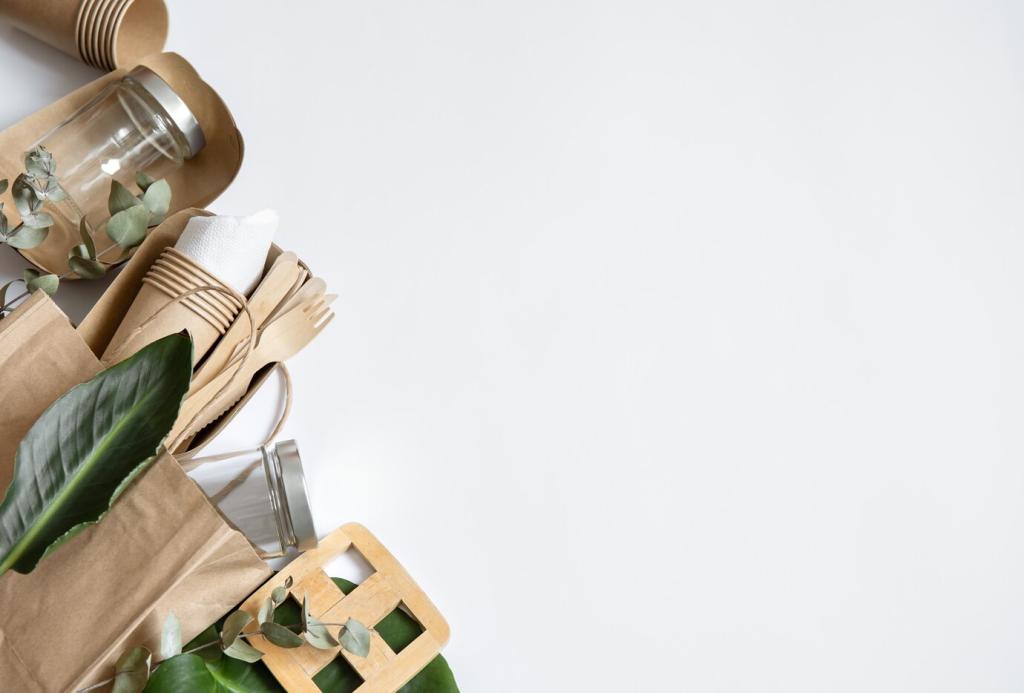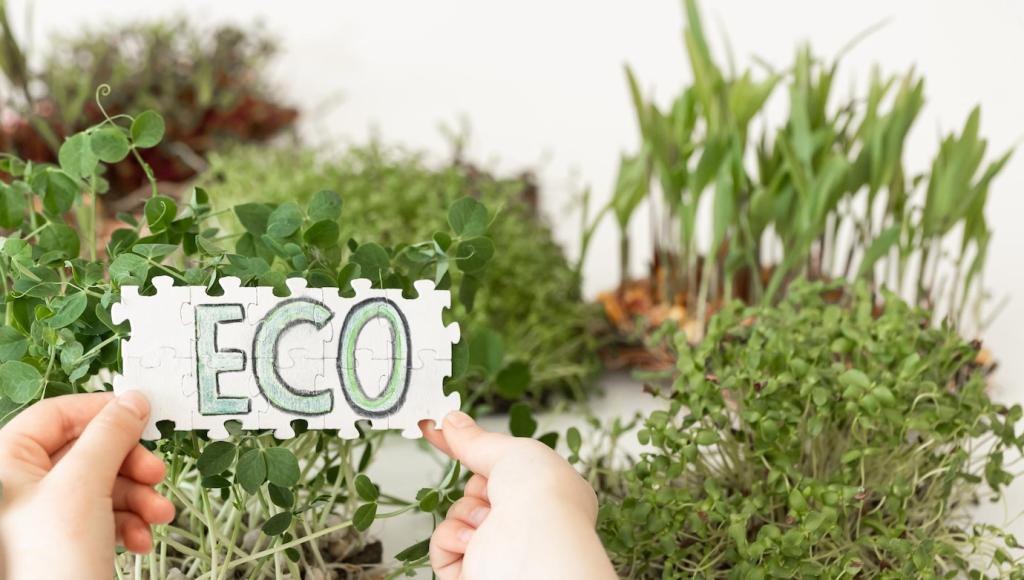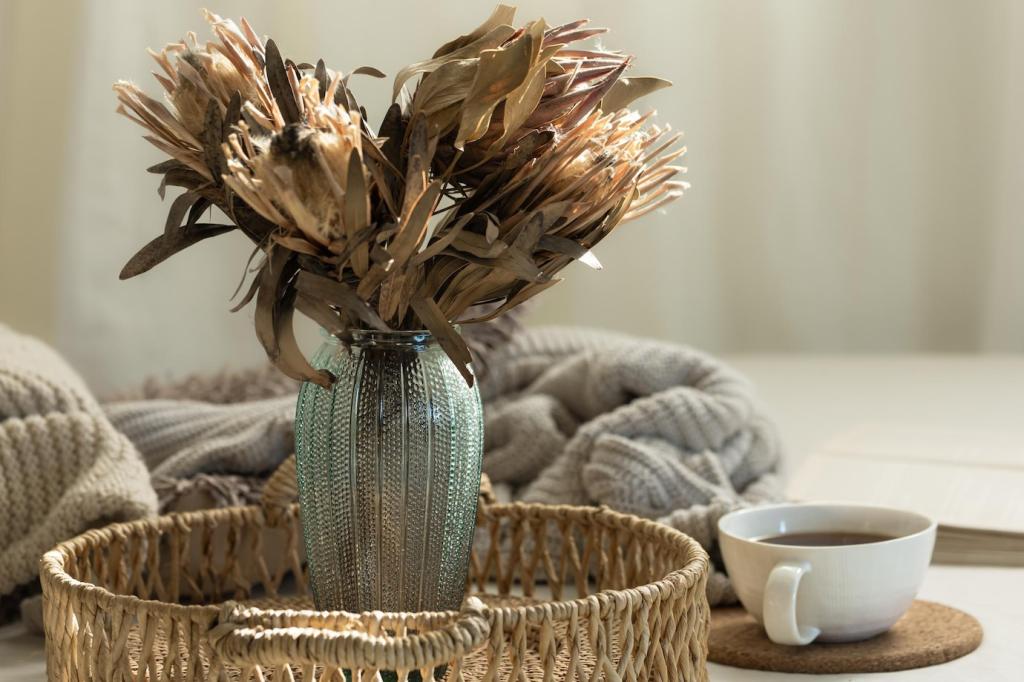What Makes a Fabric Eco-Friendly?
Look for GOTS for organic fibers and strict processing, OEKO-TEX for tested safety, and Fair Trade for ethical labor. These labels simplify complex supply chains, helping you choose fabrics that align with your values. Have a label you trust? Tell us.
What Makes a Fabric Eco-Friendly?
Organic cotton, linen, hemp, and TENCEL Lyocell lead the way with lower inputs and traceable processes. Recycled polyester can be smart for durability in cushions. Balance performance with impact, and share your favorite fiber blends to help fellow readers decide.





